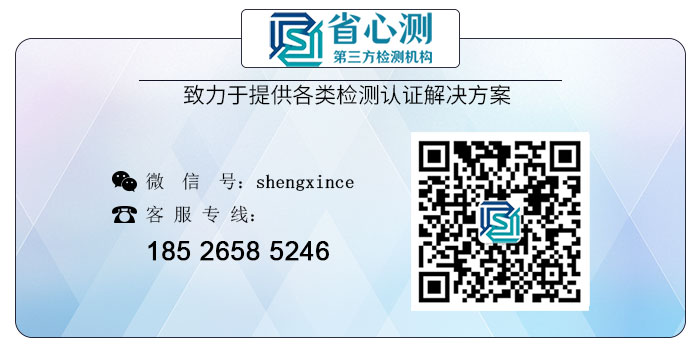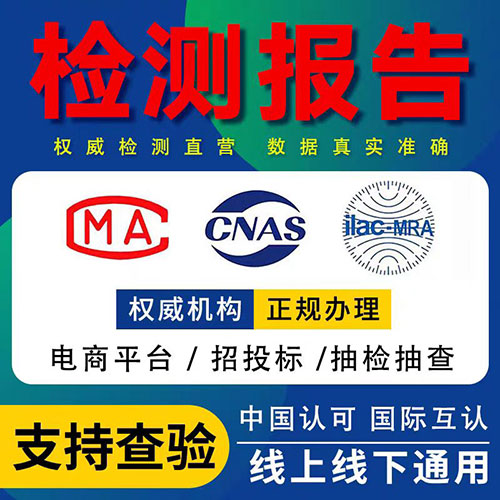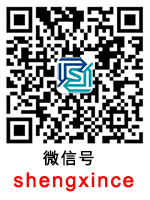最新rohs声明书英文版
ROHS Declaration: Latest Statement
The RoHS (Restriction of Hazardous Substances) directive issued by the European Union, bans the use of hazardous substances in electrical and electronic equipment. Since its introduction in 2003, it has undergone many revisions. In this article, we will discuss the latest RoHS declaration and its implications.
Background: What is RoHS?
RoHS is a directive aimed at reducing the impact of hazardous substances on public health and the environment. The restricted substances include lead, mercury, cadmium, hexavalent chromium, polybrominated biphenyls (PBBs), and polybrominated diphenyl ethers (PBDEs). The directive was first introduced in 2003 and later revised in 2011, 2015, and 2019.
Latest RoHS Declaration
The latest revision of RoHS was published on June 4th, 2019, and will come into effect on July 21st, 2021. The new directive brings several significant changes. Firstly, four new substances have been added to the list of restricted substances. These are bis(2-ethylhexyl) phthalate (DEHP), butyl benzyl phthalate (BBP), dibutyl phthalate (DBP), and diisobutyl phthalate (DIBP). These substances are commonly used as plasticizers in PVC products.
Secondly, the threshold limits for lead have been revised. The previous limit of 0.1% has been lowered to 0.05%. This means that manufacturers need to ensure that the lead content in their products does not exceed 0.05%.
Thirdly, the scope of the directive has been widened. The new directive now includes all electrical and electronic equipment, including medical devices and monitoring and control instruments. This means that many more products will now fall under the RoHS directive, and manufacturers will need to ensure compliance.
Implications of the Latest Declaration
The latest RoHS declaration has several implications for manufacturers. Firstly, they need to ensure that their products comply with the new directive. This means that they will need to review their manufacturing processes and materials to ensure that they do not contain any of the restricted substances.
Secondly, the inclusion of more products under the directive will lead to an increase in the number of products that need to comply. This will increase the workload for manufacturers and may lead to an increase in the cost of compliance.
Thirdly, the decrease in the lead threshold limit may make it harder for manufacturers to comply. This is especially true for products that require the use of lead, such as certain types of solder.
The Benefits of RoHS
Despite the challenges of complying with the RoHS directive, there are several benefits of the directive. Firstly, it helps to protect public health and the environment by reducing the use of hazardous substances. This is important because these substances can have serious health and environmental impacts.
Secondly, RoHS helps to promote sustainability by reducing the amount of hazardous waste generated from electrical and electronic equipment. This waste can have a significant impact on the environment and can take many years to break down.
Finally, RoHS helps to promote innovation by encouraging manufacturers to develop new materials and processes that are free from hazardous substances. This can lead to the development of safer and more environmentally-friendly products.
Conclusion
In conclusion, the latest RoHS declaration brings several significant changes to the directive. Manufacturers need to ensure that they comply with the new directive, which includes reviewing their manufacturing processes and materials. Although compliance may be challenging, there are several benefits to the RoHS directive, including the protection of public health and the environment, promotion of sustainability, and encouragement of innovation.


 有样品要送检?试试一键送检,15分钟极速响应
有样品要送检?试试一键送检,15分钟极速响应



